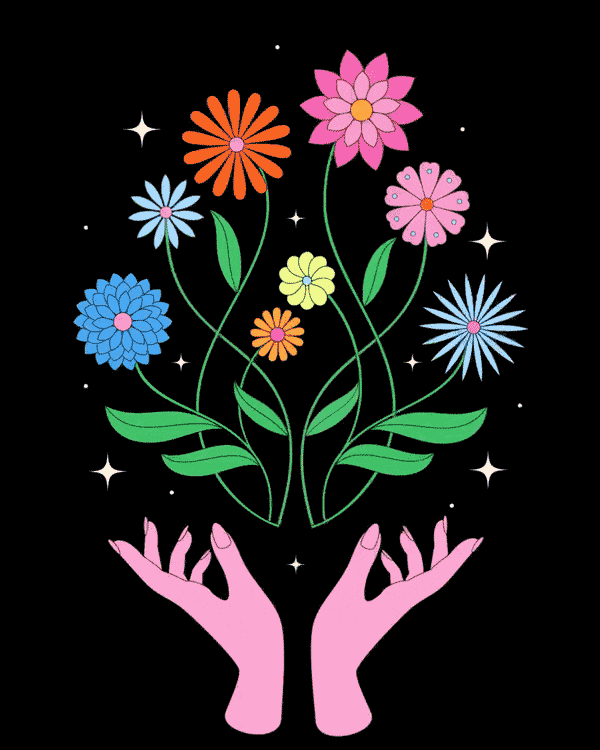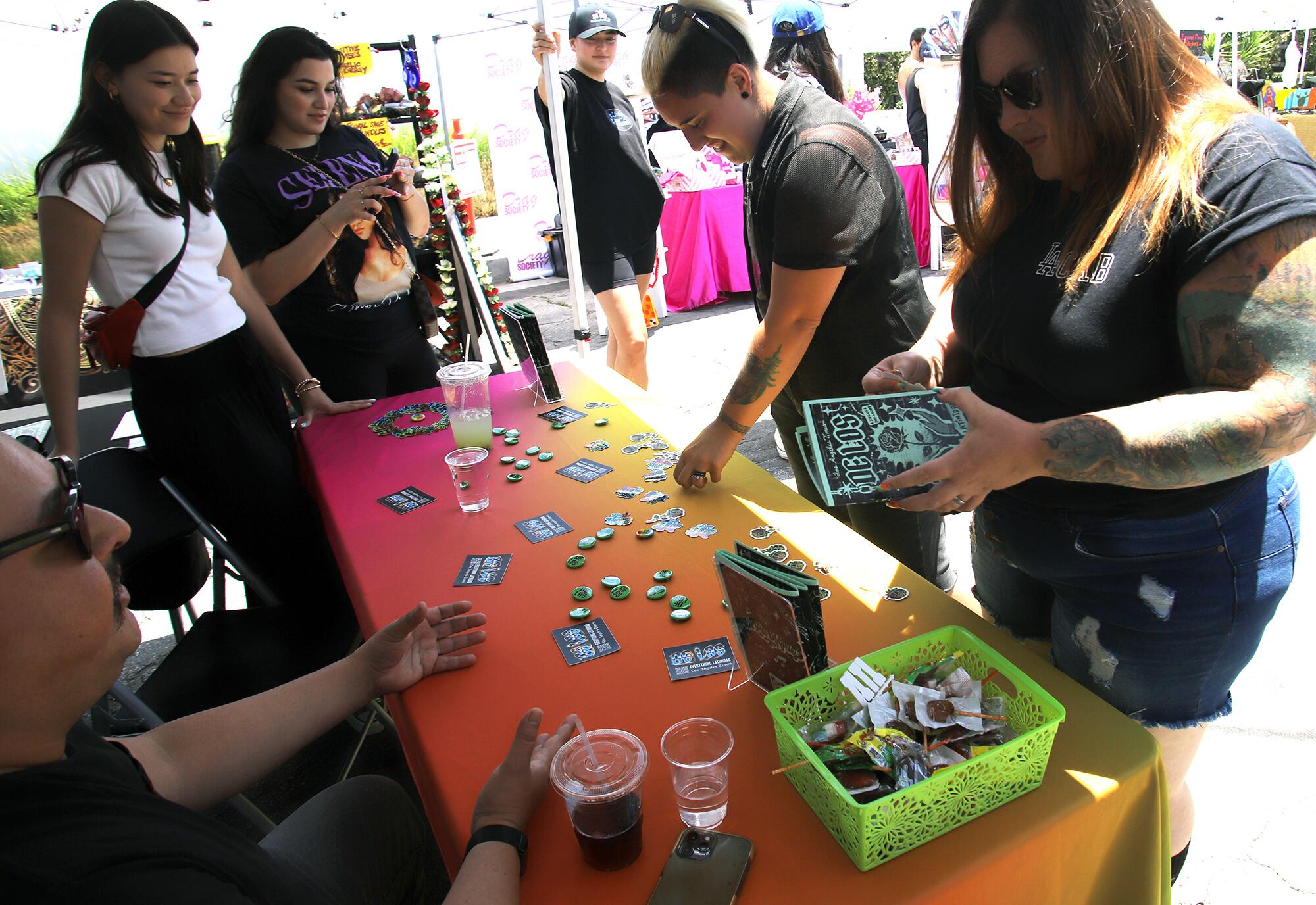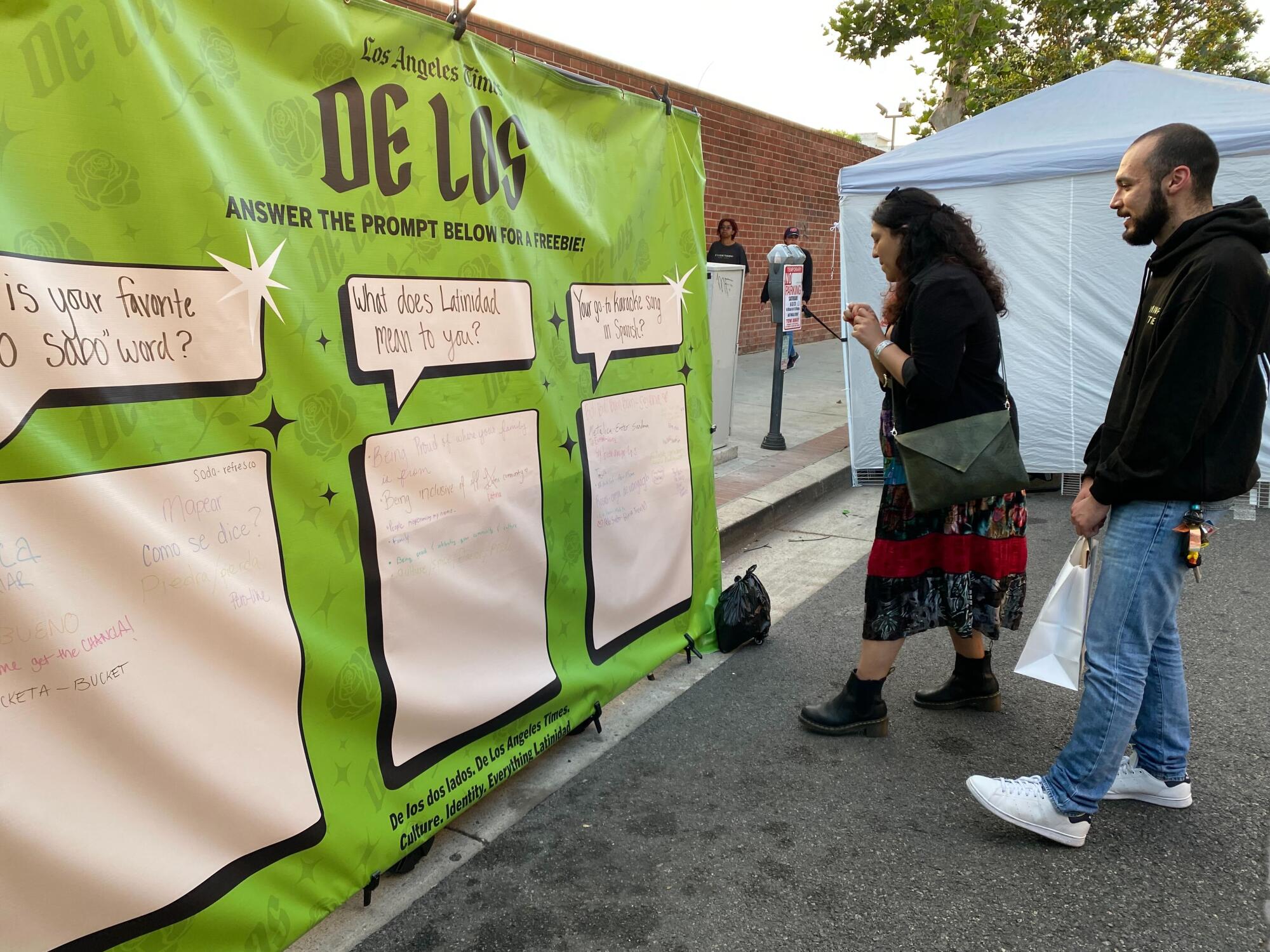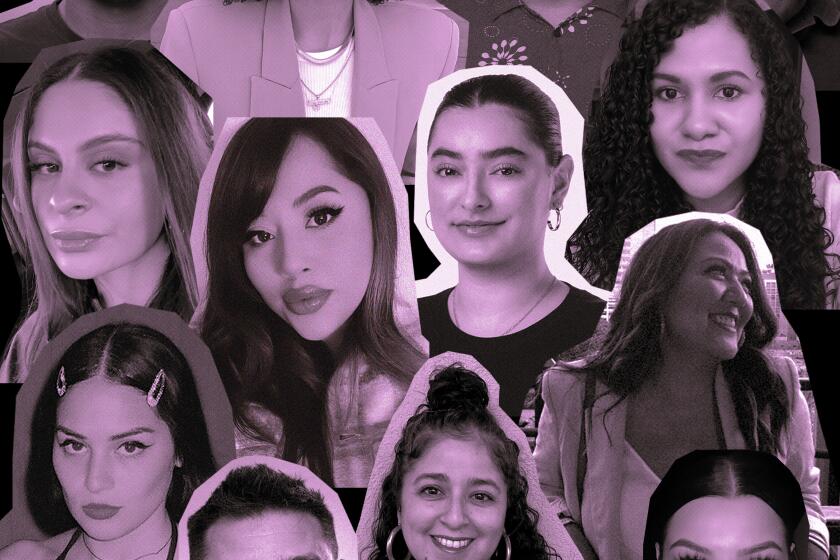
When do you most feel seen, heard or included?
For me, it’s when I can share my bottle of chilito at a swanky brunch in West Hollywood, or when I see LatinoTok reframe the conversation of what it means to be a “no sabo kid.”
For many of us Latinos who grew up in the U.S., the search for belonging feels like a negotiation between our cultural incongruences. That’s because our stories have either been ignored by mainstream media, told by others or depicted as a monolith often in crisis.
An exploration of marketing terms like ‘200%’ and how that’s shaped our identity.
But there is no singular Latino experience. We straddle different worlds that shape our layered identities. I, myself, was undocumented for much of my youth. My dad raised me to salute during the Mexican national anthem that preceded soccer games on TV when all I wanted to do was listen to hip-hop in my bedroom. School buses shipped me back and forth between affluent, more diverse parts of Los Angeles and the Latino immigrant hub that was the Eastside.
So how do we tell our own stories? Who can we trust? And is anyone willing to listen?
My job as a community editor at De Los aims to get us closer to answering those questions. Our goal is to be a community-driven platform that explores Latino culture and identity — and so it was imperative to have a role dedicated to building relationships with our community to better reflect it. And we’re taking that relationship further — not only telling stories about our community or for our community but with our community.

Get Involved
I joined this team because of its commitment to center our experiences and perspectives. It’s a belief that has guided much of my work — from the days when I blogged about Mis Neighbors (somehow that’s still live!), from the time I spent helping lead the bilingual community news project Boyle Heights Beat and from when I established the South L.A. community desk at the USC Annenberg Media Center.
I pictured what this would look like for a legacy newspaper with a history of racism against Latinos — one that has previously launched Latino initiatives and ultimately shuttered them. It won’t be easy. We’ll have to acknowledge our institution’s faults, meet you where you are and invite you into our process to gain your trust.
This is part of how we plan to do it:
Target outreach online and in person
Before we launched De Los, we knew we wanted to establish a two-way street of communication with our readers — not just online but in person. We conducted focus groups with members of the Latino community, both readers and non-readers of The Times, to find out what was missing in our coverage. We met with students, academics and creatives to hear their ideas on how to build a new path for journalism that is truly inclusive and representative of the community we live in.

We also debuted our social media accounts on Instagram and TikTok, creating tailored content for the young Latinos we aim to reach. In this space, we’ve already seen engagement around topics such as class and sense of place.
And we also attended community events in Los Angeles and Southern California as a way to create opportunities for face-to-face interaction. We’ve heard from young people whose parents were subscribers but they themselves weren’t readers as a way of opening up opportunities to engage new audiences. Others shared how ignored they felt by the media and our newsroom. “It’s about time the L.A. Times noticed our community. We appreciate some of the stories in the past, we’re really looking for more,” one Santa Ana resident said.
We plan to continue to leverage opportunities for listening sessions, conversations on social media and in-person events.
“We’re taking that relationship further — not only telling stories about our community or for our community but with our community.”
Establish collaborative partnerships
Effective community engagement is collaborative, and as part of this approach, we are building relationships and establishing partnerships. We understand that organizations and individuals are already doing impactful work around this community, and we want to uplift their efforts.
De Los has assembled a team of Latino reporters, editors, illustrators and creatives to tell stories not just about our community, but for our community.
Our early partnerships include one with Boyle Heights Beat, a bilingual community news project produced by youth and Las Fotos Project, a nonprofit that uses photography to mentor teenage girls and gender-expansive youth from communities of color. We’ve also had discussions with several area colleges and universities on how we can mentor the next generation of Latino journalists. This outreach demonstrates another part of our mission, which is to invest in nurturing and creating career pipelines for young Latinos.
Invite contributions from the community
We believe involving the community in the editorial process can strengthen our credibility and ensure that our content is both relevant and impactful. That’s why we’ve established ways for our audience to connect with us. Before our launch, we published a page that informed the public of our mission, how to get involved, attend our events and share what they’d most like to see covered. Thanks to that and our community connections, we’ve already built a contributor base of writers, illustrators and content creators that will help tell the story of Latinidad.

Plus, your story ideas are being collected and seen as a valuable contribution to help shape our coverage. And we plan to keep this line of communication open so you can tell us what’s missing from the conversation, hold us accountable and reach us with your pitches.
We look forward to the work ahead, and understand we won’t always get it right. But we’ll remain committed to honoring your voices and contributions, strive for transparency and learn and improve.
The Latinx experience chronicled
Get the Latinx Files newsletter for stories that capture the multitudes within our communities.
You may occasionally receive promotional content from the Los Angeles Times.
More to Read
The Latinx experience chronicled
Get the Latinx Files newsletter for stories that capture the multitudes within our communities.
You may occasionally receive promotional content from the Los Angeles Times.










